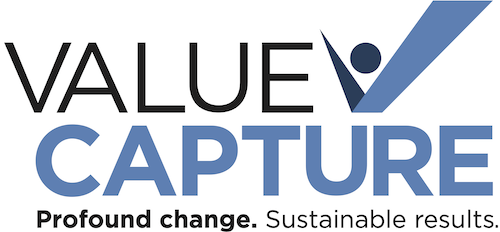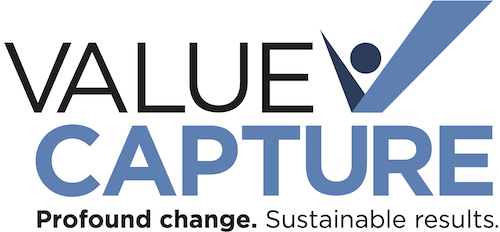High Reliability, Continuous Improvement, and Habitual Excellence
What does High Reliability mean?
A High-Reliability organization (or HRO) has these characteristics:
- Preoccupation With Failure
- Reluctance to Simplify
- Sensitivity to Operations
- Deference to Expertise
- Commitment to Resilience
An increasing number of healthcare organizations are aspiring to be HROs and they're working to develop the behaviors that move them in that direction. HROs are often found in — and we can learn from — different industries, including aviation, train transportation, and nuclear power.
Read more via the AHRQ page on HROs.
Let's take a closer look at those five characteristics:
Preoccupation With Failure
The Wiley Library defines "preoccupation with failure" as follows:
"Preoccupation with failure captures the need for continuous attention to anomalies that could be symptoms of larger problems in a system."
This means that HROs don't "hope" that problems don't occur. Instead, they are continually aware that failures are possible, if not likely, in anything other than the best organizational systems.
HROs are preoccupied with failure in three ways:
- HROs work hard to detect small, emerging failures because these may provide clues about additional, potentially larger, failures elsewhere in the system.
- HROs work hard to anticipate and specify significant mistakes that they don't want to make (instead of being afraid to talk about the possibility).
- HROs know that people's knowledge of the situation, the environment, and their own group is going to be incomplete. When people look for failures, they acknowledge the existence of incomplete knowledge."
Learn more about "preoccupation with failure."
Reluctance to Simplify
You might recognize it as "effective problem solving," but HRO leaders refuse to accept overly simple answers in complex situations.
For example, HROs are dedicated to digging beneath the surface of problems to make sure they are conducting complete "root cause analysis." HRO leaders are systems thinkers, and they value the time and effort required to get past simple explanations and simple solutions. We do this while also not overcomplicating things.
Sensitivity to Operations
As our John Colldora says, "sensitivity to operations" starts with a focus on the place where the frontline work is done. HROs have a strong conviction that "operational excellence" (or whatever we label it) is critically important to the success of our organization.
We can't just assume (or wish or hope) that we have operational excellence. Acquisitions, financial wizardry, and slick marketing might be helpful, but having a sensitivity to operations (along with other HRO concepts) is what leads to breakthrough performance in safety, quality, and other key goals.
Deference to Expertise
In many organizations, there is deference to authority, rank, education, title or position. As Paul O'Neill always taught us, we must treat everybody with respect.
Instead of always listening to the "HIPPO" -- the highest-paid person's opinion -- HROs listen to those with functional knowledge and domain expertise.
As with high psychological safety environments, we check our titles at the door when having discussions or solving problems. Often, these experts are caregivers and frontline staff -- we need to engage them and listen to them.
Commitment to Resilience
An HRO needs to be agile, flexible, and adaptable so they can adapt to new challenges.
This was true of many HROs in healthcare during the COVID pandemic, as their continuous improvement culture and/or their Lean Management System was a foundation that allowed them to successfully adapt and adjust to new patient needs -- protecting their staff in the process.
Shifting away from a command-and-control culture means that an organization can move more quickly and more effectively in changing times.
Reducing Safety Incidents or Failures
HROs, including those in healthcare, have these additional characteristics that allow them to better ensure the highest levels of safety for staff and patients:
- Breaking down perceived tradeoffs so we can achieve high levels of performance (toward the theoretical limits) of both safety and bottom-line performance, along with other shared goals across the organization.
- Having a strong culture of reliability that decentralizes (pushes down decision making), allowing authority and decisions to migrate toward lower-ranking members.
- Is a learning organization that shifts from "knowing" the answer to "finding" the answer through Plan-Do-Study-Adjust cycles (scientific thinking more so than “trial-and-error” learning. These organizations embrace problem-solving to improve following harms, incidents, and most importantly: near misses.
- Having enough slack capacity, sometimes called a strategy of redundancy beyond technology, means one person can step in for another when a task needs completion (which requires effective standardized work and training methods).
Additional Value Capture Resources:
Blog Posts:
- High-Reliability Organizations and the Value of Preoccupation with Failure
- Notes & Highlights From "The Current State of Patient Safety Across the Globe" [Video]
- Fifth International High Reliability Conference Proceedings Feature Value Capture's Geoff Webster
Episodes of the "Habitual Excellence" Podcast:
- "Sensitivity to Operations" (High-Reliability Organizations): John Collodora
- Habitual Excellence Episode #3: Tony Milian on "Preoccupation with Failure"
- Dr. Dan Carey, Virginia Secretary of Health and Human Resources on Leadership & HROs
Value Capture Video:
Recommended Reading
Managing the Unexpected: Resilient Performance in an Age of Uncertainty, Weick and Sutcliffe
Leading High-Reliability Organizations in Healthcare, Morrow
Let's build an HRO together!
Would you like to talk to a Value Capture advisor about how we can help you and your organization become a High Reliability Organization?
Talk to us today...


